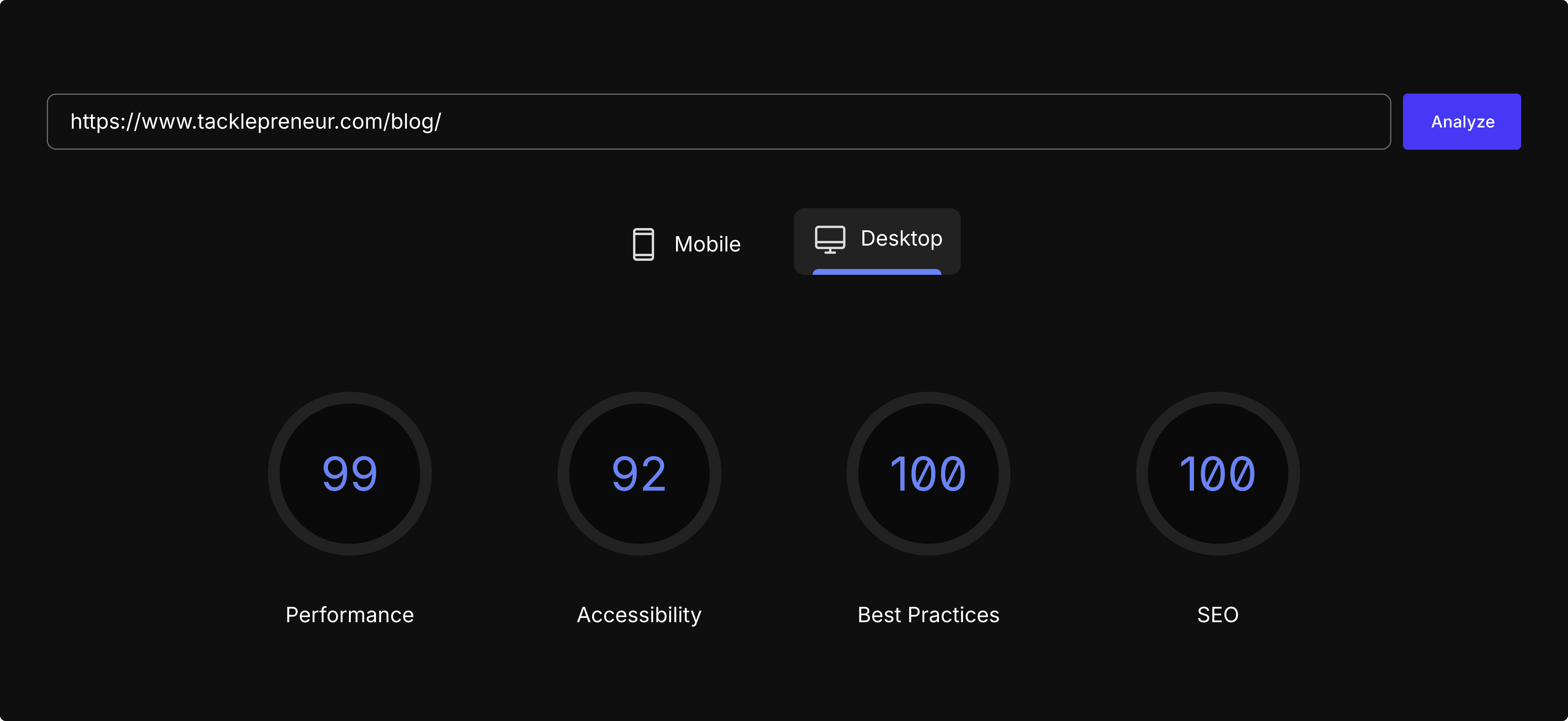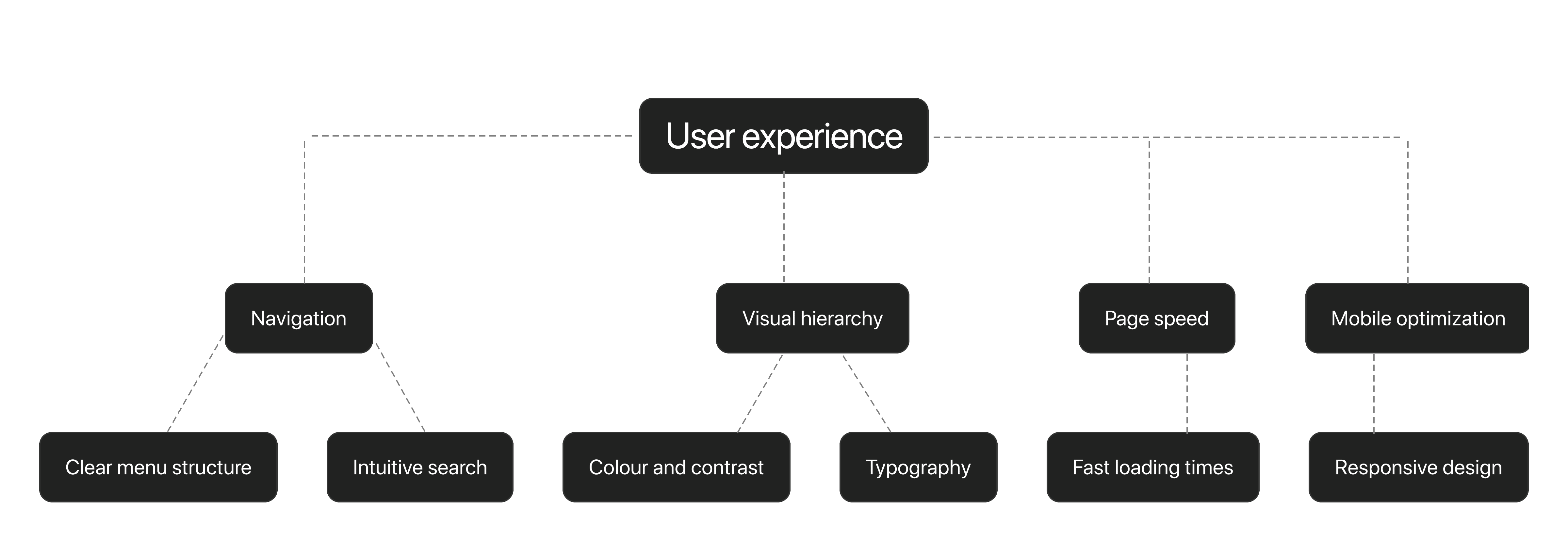A touch-up work to improve your online presence.
Steps to Optimize and Boost the Online Presence of Your Website
Tired of looking for the right steps to optimize your website and stand out from the competitive marketplace? You've landed in the right spot.
Let’s dive into the nitty-gritty of website optimization, the secret sauce that'll skyrocket your online presence. We're going to explore how to turbocharge your load times to climb those search engine rankings and lower down on all the tricks of the trade. So buckle up and get ready to transform your digital digs into a lean, mean, and traffic-attracting machine!
1. Reduce the load time
Let's take a look at how speed matters in your website performance.
A slow website is like a snail in a race; it'll have your visitors bouncing faster than a kangaroo on a trampoline. So, how do we kick things into high gear? Firstly, let's tackle images. Compress your image files without making any compromise in the quality of the pixel size. Tools like Tiny PNG is one of the great options to reduce the file size from MBs to KBs.
Next, we've got browser caching. Think of it as your website's personal assistant, remembering almost all the stuffs, so your visitors don't have to reload everything every single time. Why not throw a Content Delivery Network (CDN) into the mix? It's like having your content on speed dial, ready to go wherever your visitors are.
Similar to the images, you also need to manage the code characters. It's like giving your website a workout. Practice minifying the CSS, JavaScript, and HTML files that make your website clean and active. And don't forget about lazy loading, it's not being lazy, it's being smart! Images and videos only show up when needed, like a magician pulling rabbits out of a hat.
Last but not least, a high-performing web hosting provider is highly recommended. Choose a hosting provider that has high capability to load your website content much faster than any other platforms. Consider an upgrade like a dedicated hosting plan if you aiming for a large volume of visitors right after your website launch.

And remember, keep an eye on how your website is doing. Use tools like Google PageSpeed Insights or GTmetrix. It's like giving your website regular health check-ups. Try to score 100 out of 100 in all matrixes, and it'll serve you well!
2. Prioritize mobile optimization
A huge chunk of traffic comes through mobile devices. So, why do you need to miss that opportunity? a mobile-first design approach is crucial, prioritizing how your website looks and works on smaller screens. This is essential because most people browse the web on their phones on a daily basis.
A responsive design is the key, making your site adjust automatically to different screen sizes with flexible layouts, smoothly resizing images, and menus that transform for easy tapping. The goal is to create a seamless experience, whether someone's on a tiny phone or a giant desktop screen.

However, it's not just about looks. But speed is super important on mobile devices. Since people are often on slower connections, your site needs to load fast fast, and faster.
Technologies like AMP (Accelerated Mobile Pages) or PWA (Progressive Web Apps) can help here, there are designed to make mobile browsing ultra-fast like the lightning effect.
Regular testing is crucial, and tools like Google's Mobile-Friendly Test can help you to spot and fix any mobile device-related issues before they turn into severe site loading problems.
As an overall practice, ensure your site remains optimized and responsive for all devices, especially for mobile devices.
3. Better user experince (UX)
User Experience (UX) plays a major role in any successful website. A well-crafted UX has the ability to transform casual browsers into loyal followers and most ultimately paying customers.
Let's delve into some key strategies that will enhance your website's UX and keep visitors staying back and return back for more in the future.
Navigation is the cornerstone of a great UX. Your website should be as easy to navigate, clear, logical menu structures, and intuitive search functionality. By implementing a sticky navigation bar that remains visible as users scroll that ensures they can always find their way around your site effortlessly.
Your site's visual hierarchy is also equally important. By skillfully using design elements such as typography, color, contrast, and white space, you can guide the user's attention to the most crucial information. This approach not only enhances your site's overall aesthetics but also helps visitors quickly locate what they are seeking for, and thereby you can experience reduced bounce rates and enhanced engagement rates.

This diagrammatical representation illustrates all the key components of User Experience (UX) enhancement, showcasing how each element works in concert to create a website that looks stunning and functional flawlessly across all devices.
4. Security of the website
A proper site security is mandate to protect your data assets and safeguard against cyber threats. It can also helps you to improve trustworthiness among your visitors.
Primarily, periodical updates are fundamental to maintaining website security. This includes updating your core web vitals, installed plugins, and embedded themes. Consider these updates as a form of digital immunization, protecting your site from the latest vulnerabilities.
Similarly, password management is one of the critical aspects of your website security. Implement a strong, unique and uncrackable passwords for all access points, including your hosting account and content management system (CMS).
Try to avoid using easily guessable passwords such as common phrases or numbers. Instead, create complex passwords using a mix of uppercase and lowercases, numbers, and symbols. You might addressed this, if you created an account with popular brands.
5. Quality of the content
Content is king. Crafting irresistible and shareable content is the crown jewel of website optimization process. Let's dive deeper into this crucial aspect of your online strategy.
First and foremost, understanding your target audience is paramount. Learning their pain points? What information are they desperately seeking for? What kind of solution you can deliver with ease? use these insights while create content that not only resonates with them but also provides real value and later it helps you to convert them into your forever customers.
Keep in mind the following points.
In-depth blog posts that cover complex topics.
Eye-catching infographics that simplify complicated data structure.
Engaging videos that explain concepts.
Informative podcasts for those who prefer audio content.
Interactive quizzes or tools that provide personalized results.
Focus on creating valuable, original content that provides real solutions or insights to your audience. This approach not only builds trust but also positions you as an authority in your specific field or niche.
Lastly, don't forget the technical side of content strategy. That is optimizing your content for both search engines and social sharing by:
Use relevant keywords naturally throughout your content.
Publish with compelling meta descriptions that entice clicks from search results.
Include eye-catching images that are optimized for social media sharing.
Structure your content with clear headings and subheadings (H2, H3, etc.).
Incorporate internal and external links to boost SEO and provide additional value.
By following these strategies, you'll probably create content that not only attracts visitors but keeps them coming back for more and sharing. Remember, content strategy is an ongoing process, so continuously analyze your results, gather feedback, and refine your approach.
6. Accessibility improvements
It is all about considering all the webpage users to visit, use, identify, understand, and navigate your website concept without having any difficulties. In short, make your website a welcoming place for everyone.
Consider user-friendly typography stylings and fonts that easily catch the text elements. Also, a suitable contrast ratio between the background and text color. To identify the contrast issues, you can use page speed insights. In case, if your page has dim color text, this tool detects it and you can make edits on it.
Moreover, we also need to consider those who can't use a mouse. Just consider to adding keyboard navigation options for them, like embedding keyword shortcuts.
And if you've got videos, publish some captions or transcripts including content that is easy for people not native to the delivered language. It's just like providing subtitles for your favorite foreign movie. Trust me, a huge chunk of new audience can enjoy it.
Remember, an accessible website isn't just a good looking designing, but it's a good business. You're potentially reaching a wider range of audience and showing that you care about all your visitors.
So go ahead, consider everyone, welcome everybody, and make your website a digital welcome mat for every single visitor.
7. Climb to the top search positions
It's not as scary as it sounds! Think of it as making your website super-friendly for search engines. First things first, you need to use the right keywords. These are the words people type on search engines when they're looking for something like what you offer.
Sprinkle these keywords naturally throughout your content, especially in H1 title and content headings bringing you higher chances to position up your rankings. But don't go overboard, nobody likes keyword stuffing and such approaches easily flag spammy.
Another thing is linking contents to each other (navigate). Search engines love websites that other reputable sites link to. It's like getting a thumbs-up from the cool kids. So, try to get high-quality websites to link back to yours. In other words, a legit way to improve backlinks (great stuff to achieve credibility and trust).
How?
That's simple. Create awesome content that people want to share, or reach out to other website owners in your industry. And don't forget about internal linking, that's when you link your own pages to each other. It helps search engines understand your site structure better. While building these links, remember to keep your content fresh and up-to-date.
Search engines prefer websites that are alive and kicking, not dusty old ones. Keep regularly adding new blog posts, updating your outdated data, or refreshing your About section.
PRO tip that ties everything together: make sure your website loads fast and works well on mobile devices. Search engines are all about giving users a great experience, so make a checklist and if your site ticks all these steps, you're more likely to rank higher.
Always remember that SEO is just like a marathon, not a sprint. Keep at it, and you'll see results as all these elements work together to boost your search engine visibility, not immediately but definitely.
8. Keep an eye on analytics
Analytics integration is a great opportunity for website optimization. Free developer tools like Google Analytics provide insights into your site's overall performance and user behavior.
Tools like this, helps you to keep an eye on the key metrics such as page views, bounce rates, and user demographics that helps you to make a better understanding how visitors interact with your site.
With these data, you can make the most accurate decisions to implement timely updates to proceed with further improvements on your website. For example, you can optimize popular pages and queries and if any issue exists, there you have real-time validation as well.
Remember, the real power of analytics lies in interpretation and action. Regularly review your reports, look for trends, and take necessary updates. Analytics thus becomes a powerful tool for continuous website optimization.
9. Social media presence
Social media is one of the most powerful and zero dollar investment tools for amplifying your online presence. Anybody can create an account under their brand's identity and that dramatically improves social signals, brand awareness, and authority.
Add sharing buttons or links to your content and include social feeds on your site to keep it fresh.
Cross-promotion is key. Promote your social profiles on your website by simply embedding the links on the footer and blog feeds. To keep consistency across the platforms, it is better to use social media management tools or agencies.
Also, leverage social media advertising such as Instagram, Facebook, and Twitter to drive website traffic. Of course, it is the advanced and paid version, but understand that the result is fast and you can precisely target your audience without having long waits.
Overall, social media traffic is massive. Billions of users have been leveraging this platform on a daily basis. All you need to just consider 0.01% of traffic to explode your website strategically.
10. Optimize the conversion rate
Conversion Rate Optimization (CRO) is all about considering to turn your website visitors to taking action such as signing up for a newsletter, specific form submission, making a purchase, app downloads, or any other specialized goals that you have to target.
As a primary steps, you need to really understand your audience and their needs. For that, you may need to deep dig into your analytic reports to identify the needs and interests.
Analyze, what kind of things motivate them to take action. What's stopping them from converting? Once you've cracked this code, it's time to get experimental such as testing pages with different headlines, making a little tweak in your call-to-action buttons, or give your landing pages an overall makeover.
Confused? CRO is not complicated.
Guide visitors to take an action.
completely understand your audience.
A/B testing for a better conversion rate.
Focus on tiny tweaks and adjustments in page content or elements.
Keep consistency in improvement.
Just focus on the essentials enlisted above.
Round off
We've covered a ton of ground on optimizing your website, from turbocharging load times to making your site accessible for all visitors.
Remember, website optimization is an ongoing process, not a one-time deal. Keep experimenting, analyzing, and refining your strategies to stay ahead of this competitive era. You're well on your way to creating a website that not only looks great but performs like a champ. So keep going and optimize your dream website that drives you massive results.
Author
A. Rishad
Share
Here is more just like that

7 Reasons Why SEO is Important for Your Online Business
May 2, 2024
SEO hacks for your business.

A. Rishad

How to Check and Improve Your Website Domain Authority
Apr 18, 2024
Achieve a better authority score for your website.

A. Rishad

How to Score 100/100 on Google Page Speed Insights
Apr 9, 2024
Get flashing speed score for your website.

A. Rishad

